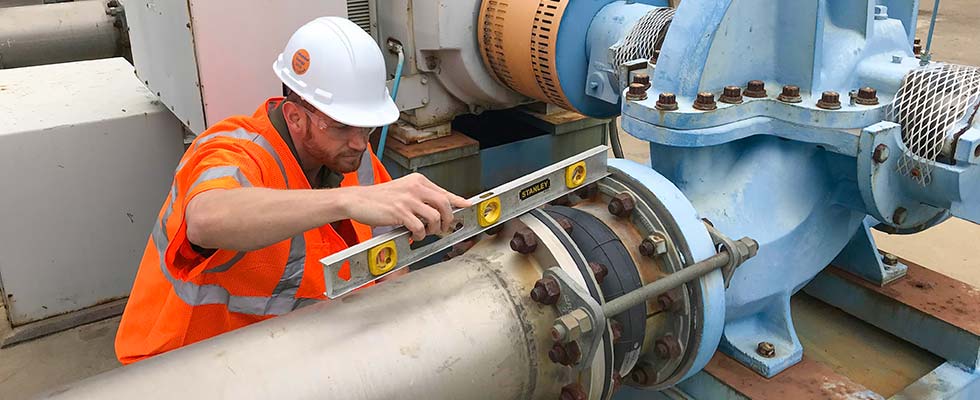
Rubber expansion joints are used in piping systems for a wide variety of reasons. These reasons include absorbing pipe movements in all directions (compression, extension and lateral), as well as minimizing vibration and limiting sound transfer through the piping system. In essence, rubber expansion joints are used in a piping system to provide flexibility and stress relief. The majority of expansion joints can be found off the suction and discharge side of every pump; however, they can also be found near boilers, tanks, cooling towers, heat exchangers and the middle of pipe runs.
The average life span of a rubber expansion joint is roughly seven to 10 years. Depending on the application, some joints only last a couple of months, while others can function for more than 25 years. High pressure, high temperature, aggressive or abrasive media, exposure to the elements, or extensive amounts of movement required are just a few factors that lead to a shorter life expectancy. Although there are general lengths of time that expansion joints will last, there is no definitive way to determine when to replace expansion joints or when the exact moment is that they will fail. Should an expansion joint failure occur, most facilities do not have a plan in place for quick replacement. The best way to prevent a failure and limit downtime is an expansion joint survey.
Surveys of expansion joints are critical for plant maintenance, especially with plants that are trying to maximize productivity and profits while also limiting downtime. Surveys have the potential to save a plant from environmental concerns with proper replacement schedules. Expansion joint surveys are a value-added service offered by members of the Fluid Sealing Association (FSA) that help prepare for a worst-case scenario. This will ultimately aid reliability at the facility.
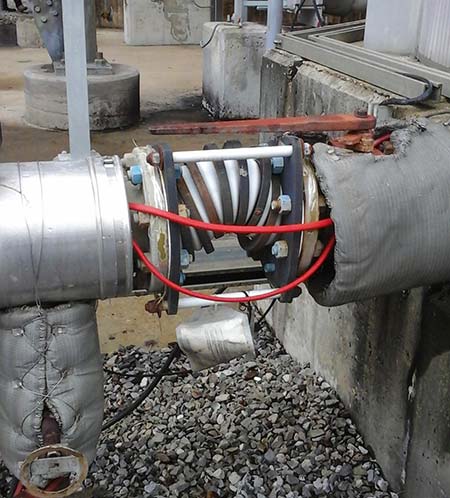
What Does an Expansion Joint Survey Include?
This ensures all expansion joints at the facility are cataloged. Important information such as style, size, overall length, media, elastomer, the manufacturer of expansion joints currently installed and the conditions are documented. Pictures can also be taken for any highly critical areas or for expansion joints that appear to be on the verge of failure. Once a survey is completed, the manufacturer can provide a newly created store’s list of all expansion joints and a report with pictures.
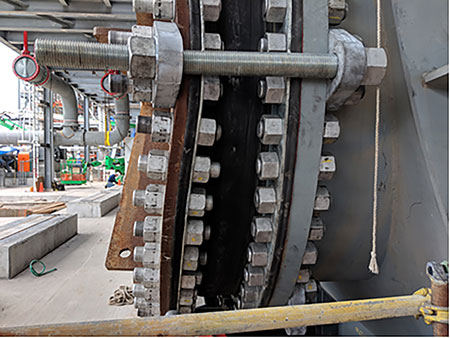
The benefits of a survey include:
Noting improper installations.
There are many times where expansion joints are not installed correctly. Some of the issues include over-compression, over-extension, tie rods missing, loose bolts, bolts over-torqued, and bolts facing the wrong direction that can puncture the bellows during an upset event or settlement over time. Any faulty installation will be documented and presented to plant maintenance.
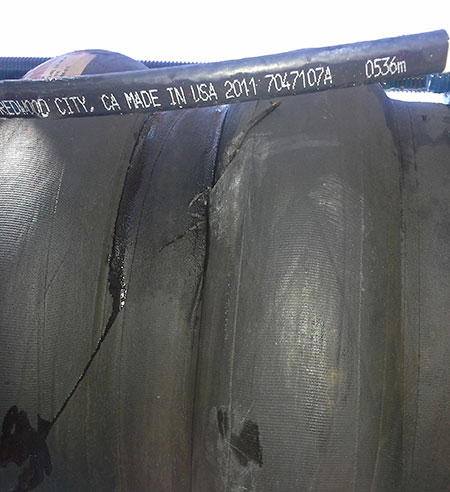
Selecting replacement expansion joints for the longest life span.
There are many times when expansion joints are installed for an application and the wrong style or elastomer is chosen. This can lead to a decrease in the longevity of an expansion joint.
On-site surveys will help with the selection of the proper expansion joints, helping to maximize the life span of the product in the application.
Streamline ordering replacements.
Once a store’s maintenance list of all expansion joints is created, each expansion joint will have a number attached to it. Both the plant supervisor and the manufacturer will have the complete list of all expansion joints. Based on the number provided for any replacement required, both parties will know exactly what is needed without any back and forth required.
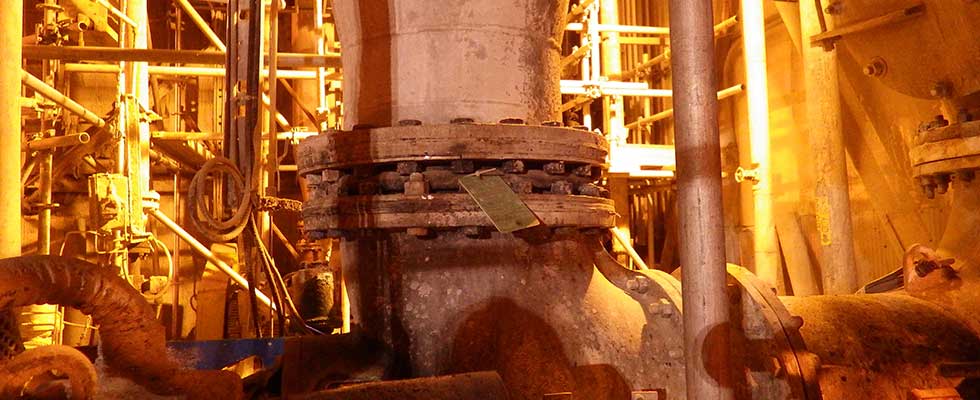
Stocking recommendations.
Depending on the expansion joint manufacturer that a user is dealing with, common sizes and styles may be available on an as-needed basis. To ensure reliability of the plant, it is suggested that some items be kept in the storeroom at the plant in case of a failure. This is imperative when using a custom expansion joint made specifically for the application. Custom expansion joints can take six to 10 weeks to be manufactured.
Using new lists of expansion joints to create a history of life expectancy.
Each time an expansion joint fails at a given location, it can be noted on the store’s list. This history will help prepare for ordering replacements in a timely manner before the anticipated failure.

Being proactive as opposed to reactive.
Inspecting expansion joints helps catch problems before they happen. By examining the exterior of the expansion joint and/or taking measurements of product that appears to be out of tolerance, it is possible to conclude if an expansion joint is at the end of its life cycle. Replacements can be ordered and the expansion joint can be swapped out before a catastrophic failure occurs. For those installations that have harsh service or abnormal wear due to piping layout, expansion joint spares should always be on the shelf.
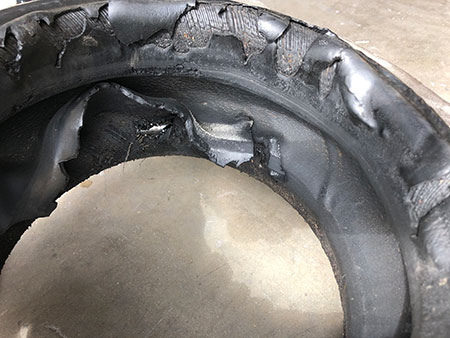
Expansion joints are typically an afterthought for many piping systems. Proper maintenance and frequent inspection are highly recommended for this often forgotten about product. Not only will the plant be more reliable and save on energy costs but it also will be more environmentally friendly and less hazardous to plant personnel in the process. Expansion joint surveys can help to properly prepare to reduce failure possibilities, limit downtime and maximize operation.
We invite your suggestions for article topics as well as questions on sealing issues so we can better respond to the needs of the industry. Please direct your suggestions and questions to sealingsensequestions@fluidsealing.com


